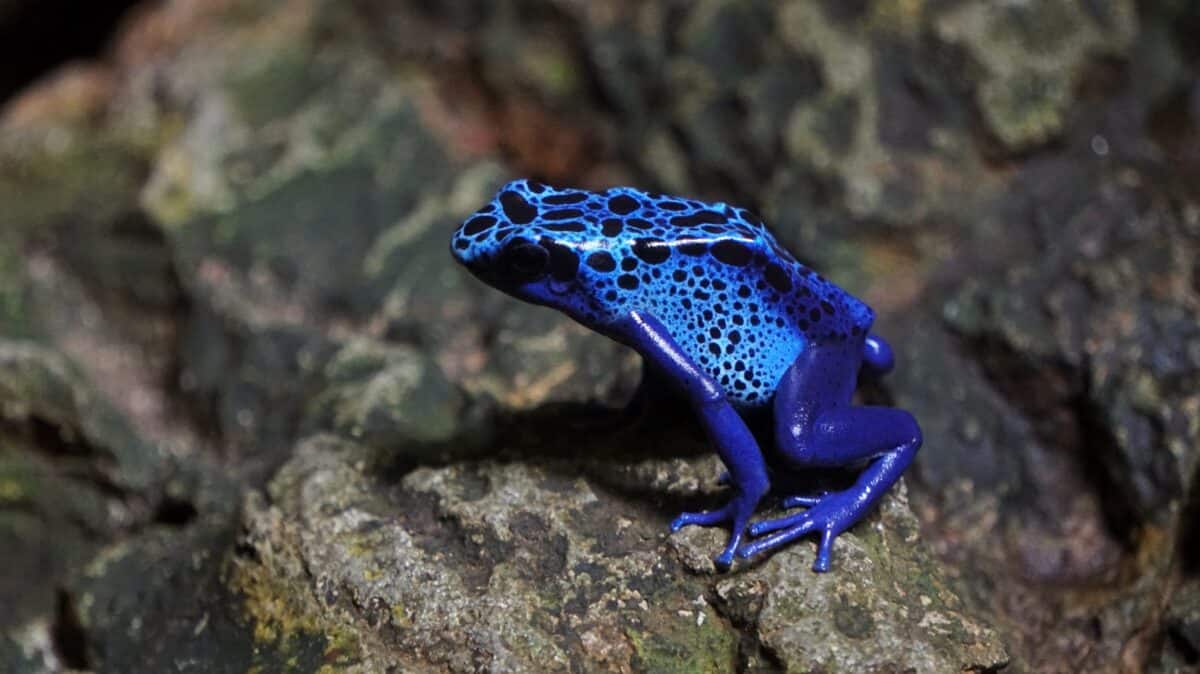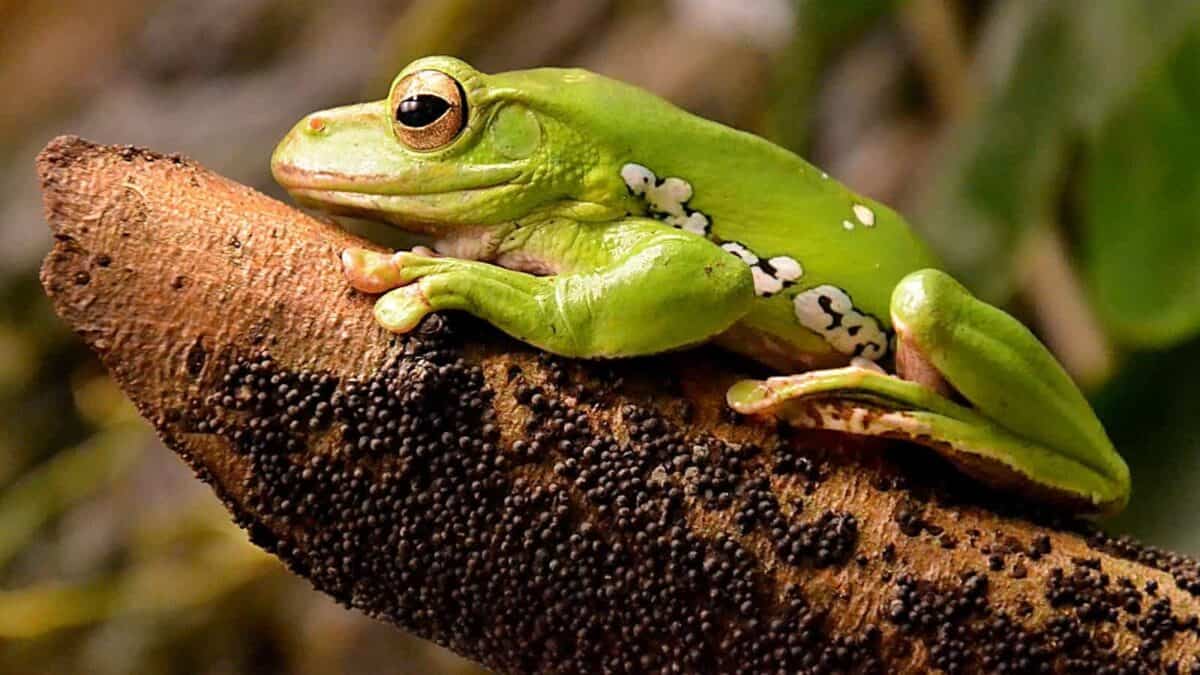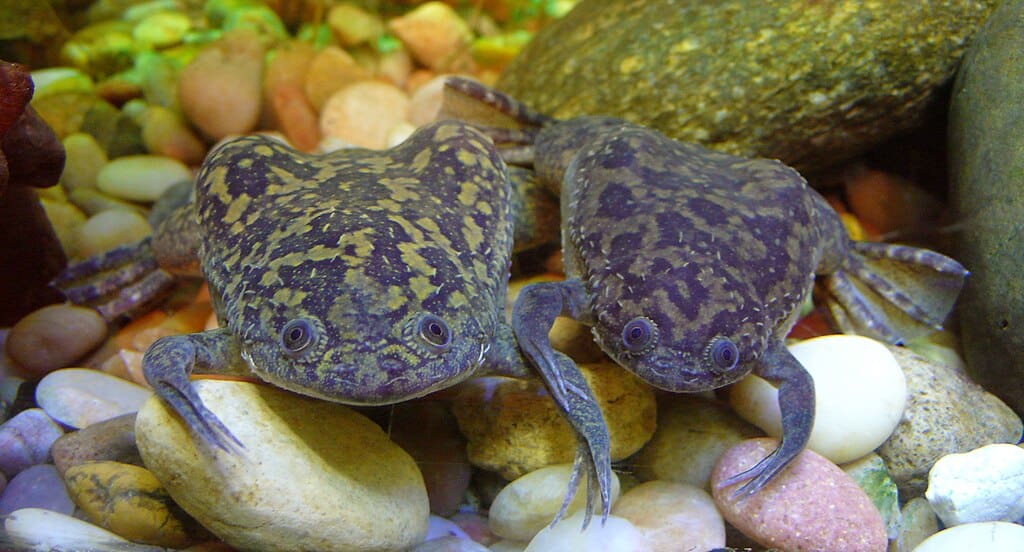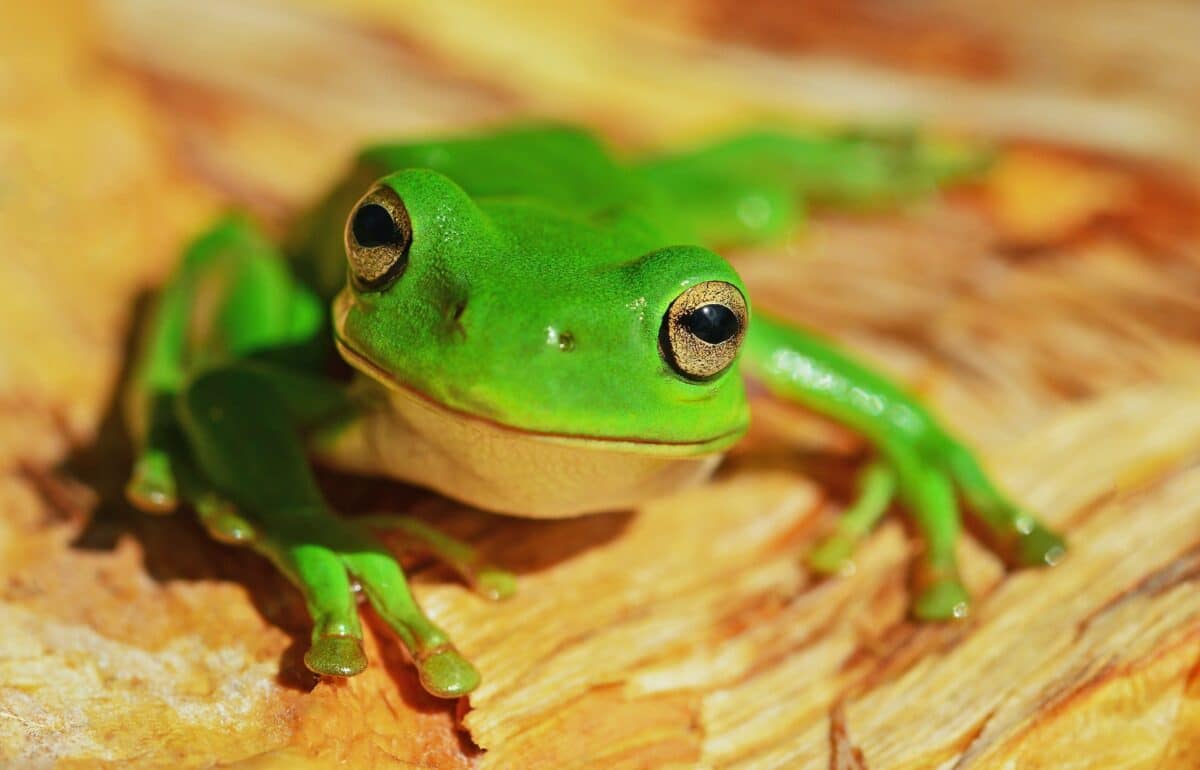Frogs are among the most fascinating creatures in the natural world, captivating us with their diverse appearances, behaviors, and adaptive strategies. Among the most intriguing traits found in some frog species is their ability to glow in the dark, a phenomenon that raises many questions and fuels scientific curiosity. This article dives into the intricate world of bioluminescent and fluorescent frogs, exploring what makes these amphibians shine and the implications of their unique gleam.
Understanding Frog Bioluminescence and Fluorescence

While the terms are often used interchangeably, bioluminescence and fluorescence involve distinct biological processes. Bioluminescence refers to the emission of light from a living organism as a result of a chemical reaction. In contrast, fluorescence occurs when an organism absorbs light, usually UV light, and then re-emits it as a visible glow. Some frogs possess the ability to fluoresce rather than generate their light. This distinction underpins the glowing properties observed in certain frog species.
The Discovery of Glowing Frogs

The discovery of glowing frogs is relatively recent in the scientific community. In 2017, researchers observed that the South American polka-dot tree frog displayed fluorescence under UV light, marking the first known instance of this phenomenon in amphibians. Since then, fluorescence has been documented in several more frog species, prompting further investigation into the underlying causes and evolutionary benefits.
The Science Behind Frogs’ Glow

The glowing ability of these frogs is attributed to a combination of pigmentary and structural elements in their skin. The presence of fluorescent compounds within the dermal layers interacts with specialized pigments, resulting in the observed glow when frogs are exposed to UV or blue light. This complex interaction bridges biology and chemistry, showcasing nature’s innovative solutions to environmental challenges.
Potential Purposes of the Glow

While the exact purpose of fluorescence in frogs is still a subject of study, several theories have been proposed. One possibility is that glowing assists in communication among individuals of the same species, as these species are often crepuscular or nocturnal. Another theory posits that the glow serves as a form of camouflage, disrupting the silhouette of frogs and helping them blend into their surroundings more effectively in low-light conditions.
The Role of Environmental Factors

The capacity for fluorescence in frogs may be influenced by their environment, namely the availability of UV light and the ecological dynamics within their habitat. This adaptive trait might have evolved as a response to predatory pressures and the need for effective communication in dense, biodiverse ecosystems. Environmental factors play a significant role in shaping the distribution and expression of glowing abilities in these amphibians.
Comparisons to Other Glowing Organisms

Glowing mechanisms are not unique to frogs; they are shared by a variety of organisms, including certain species of fish, insects, and fungi. By comparing the fluorescent traits across taxa, scientists can glean insights into the evolutionary pathways and environmental pressures that give rise to these fascinating capabilities. Such cross-species comparisons provide a broader understanding of biological light production in nature.
Applications of Fluorescence Research

The study of fluorescent frogs holds promising implications beyond ecological insight. In the medical and technological fields, understanding the chemical compounds and genetic basis of fluorescence can lead to innovations in imaging techniques and the development of new materials. The vibrant glow of these amphibians may inspire the next generation of bioengineering applications.
Conservation Implications

Like many other amphibians, fluorescent frogs face threats from habitat loss, climate change, and pollution. Bringing attention to their distinctive traits highlights the importance of conservation efforts aimed at preserving these species and their ecosystems. Protecting these luminous creatures not only conserves biodiversity but also maintains the integrity of complex ecological interactions they partake in.
Myths and Cultural Perceptions

In various cultures, glowing animals have often been viewed with a mixture of awe and superstition. Myths and folklore sometimes attribute mystical qualities to naturally luminescent creatures. By examining cultural attitudes towards glowing frogs, we can better appreciate how these animals have been perceived over time and what they may symbolize in different societies.
Challenges in Studying Glowing Frogs

Researching fluorescent frogs presents unique challenges, from the limited accessibility of their habitats to the intricacies of measuring and analyzing fluorescence in a biological context. Overcoming these challenges requires innovative methodologies and collaborative efforts among scientists globally. Breaking these barriers will help uncover more secrets of the glowing frog world.
The Future of Glowing Frog Research

Ongoing research is poised to uncover even more about the illuminating properties of these fascinating frogs. Scientists hope to explore the genetic underpinnings of their fluorescence and the ecological roles these traits play within their environments. As technology advances, so too will our understanding of why some frogs possess this remarkable ability.
Conclusion: A Glow That Enlightens

The phenomenon of glowing frogs sheds light on the wonders of adaptation and biodiversity in the animal kingdom. It sparks curiosity not only in scientists but also in anyone captivated by nature’s mysteries. With every discovery, we gain a deeper appreciation for these radiant creatures and their place in the ecosystem. As research continues, glowing frogs will undoubtedly offer insights that extend far beyond their twinkling glow in the darkness, reminding us of nature’s boundless ingenuity and adaptability.
- Why Some Frogs Glow in the Dark and What It Means - August 9, 2025
- The Most Powerful Hurricane to Ever Hit US Shores - August 9, 2025
- 10 Animals That Use Bizarre Survival Tactics - August 9, 2025

